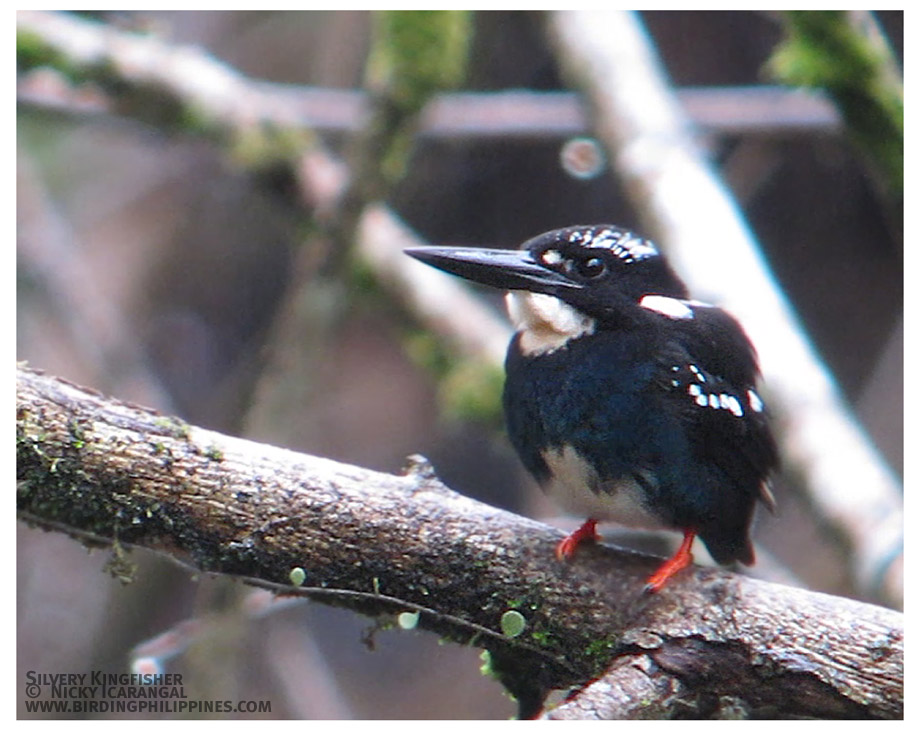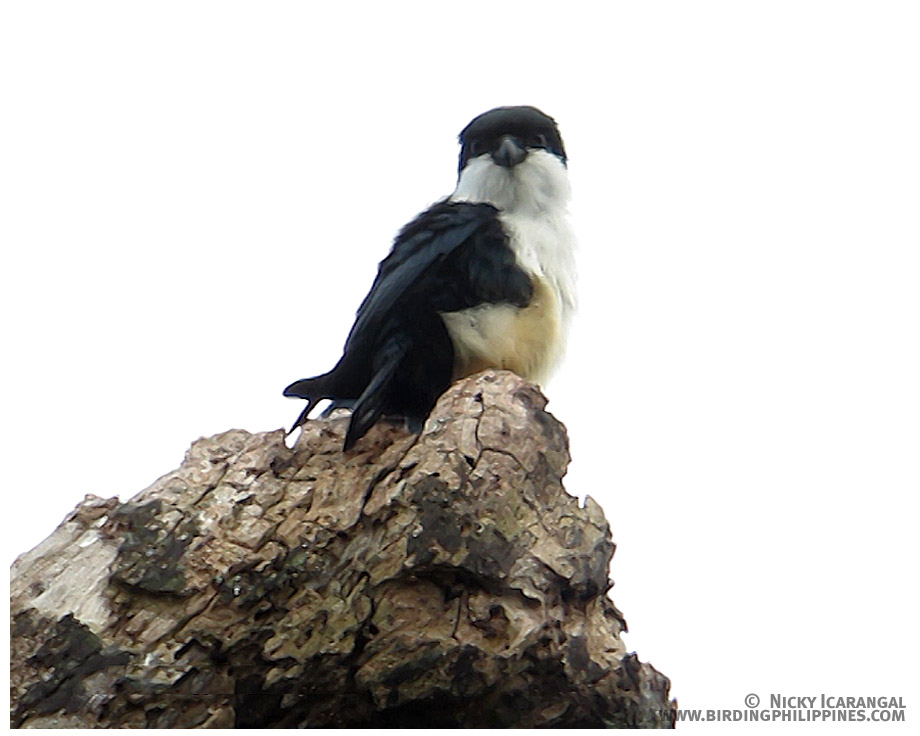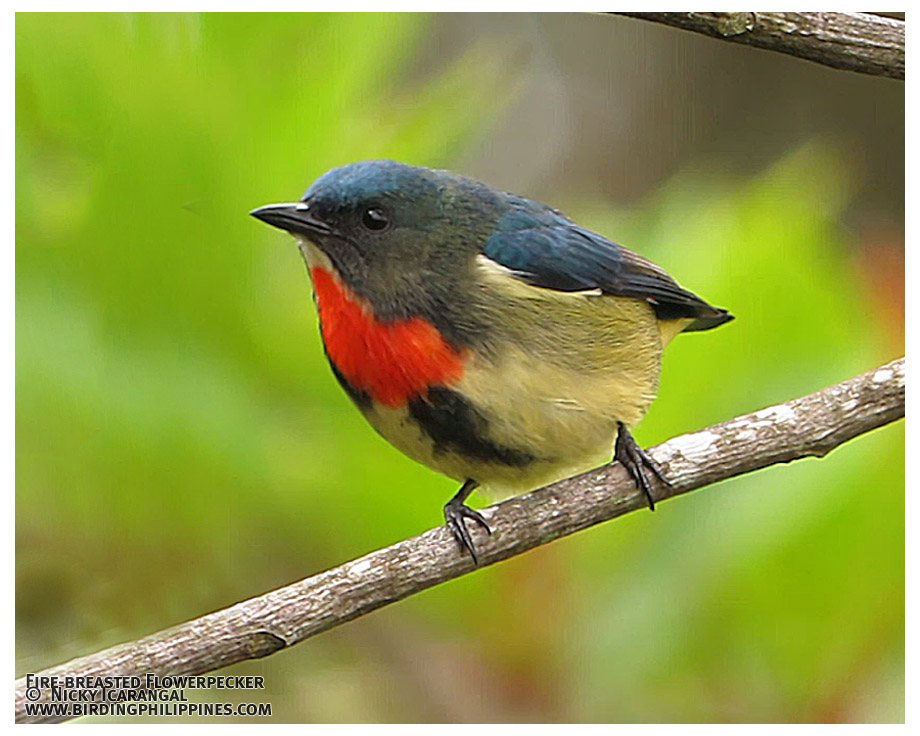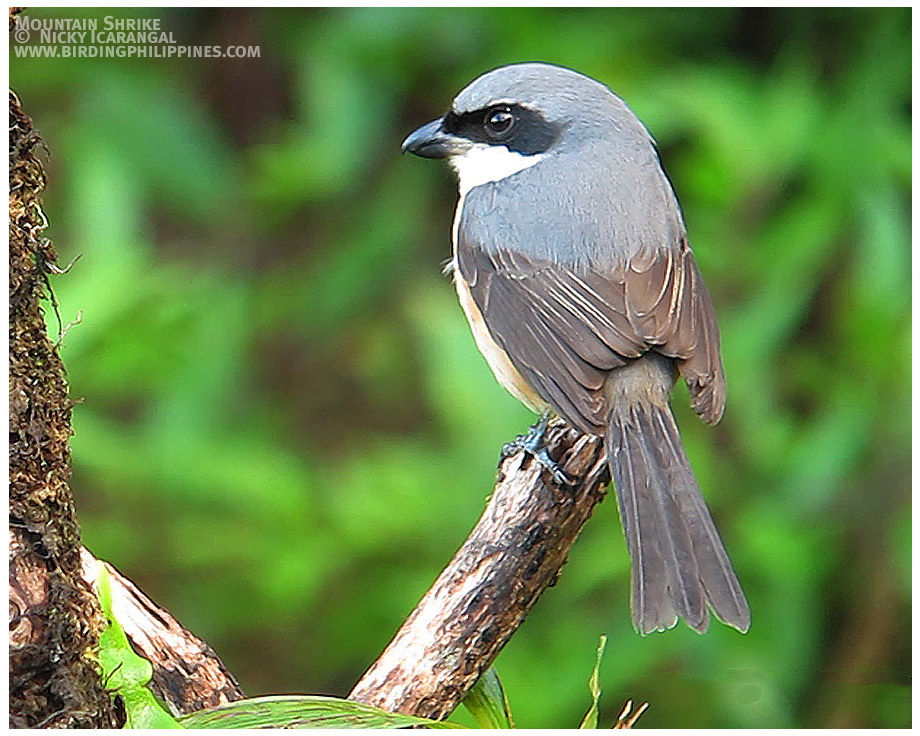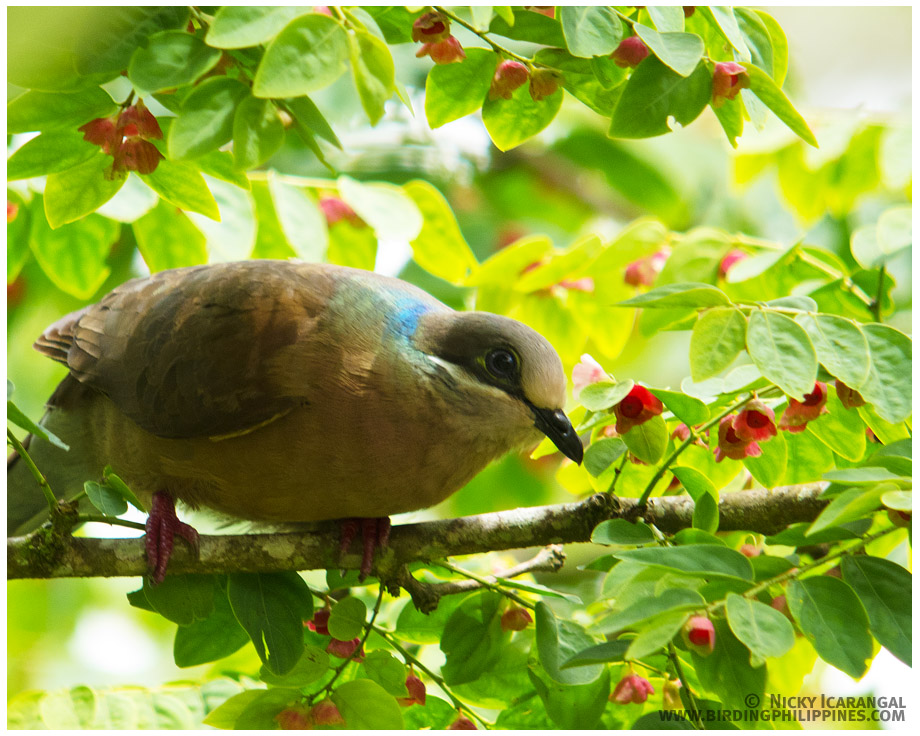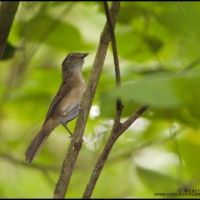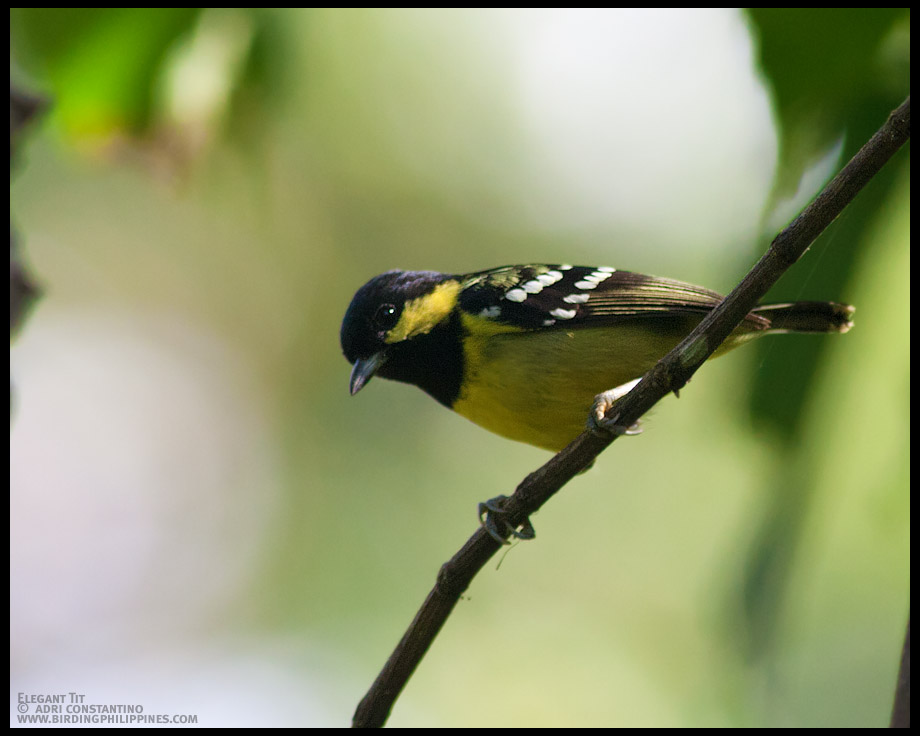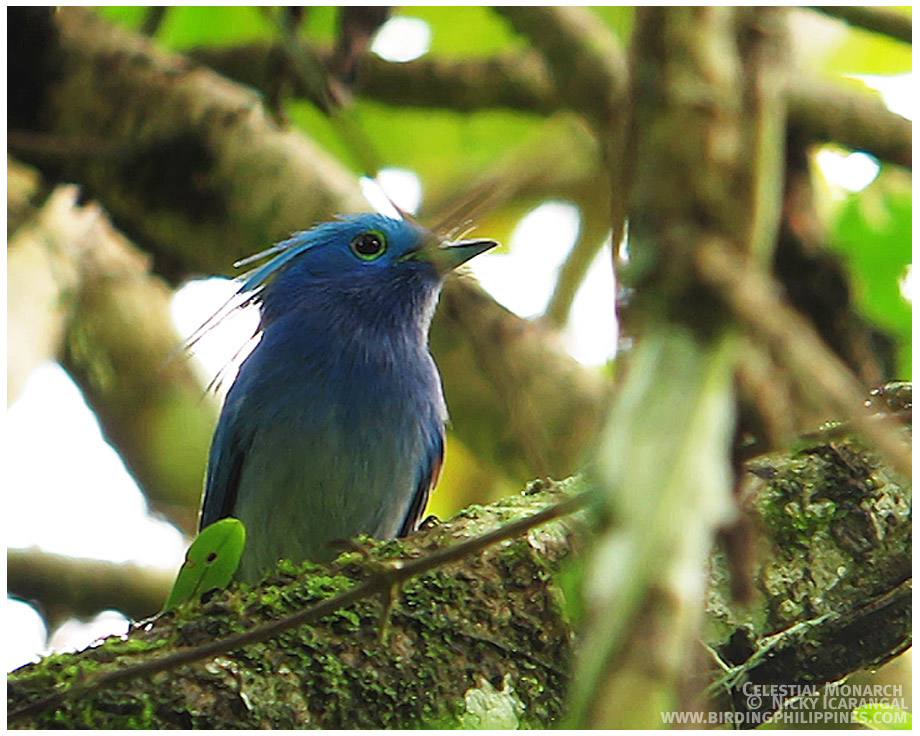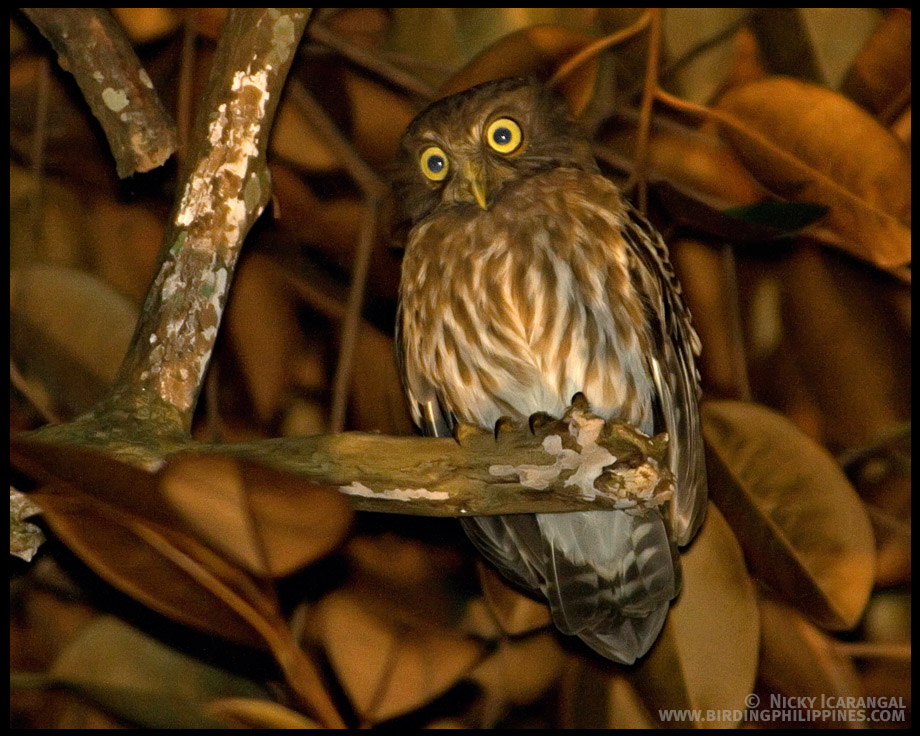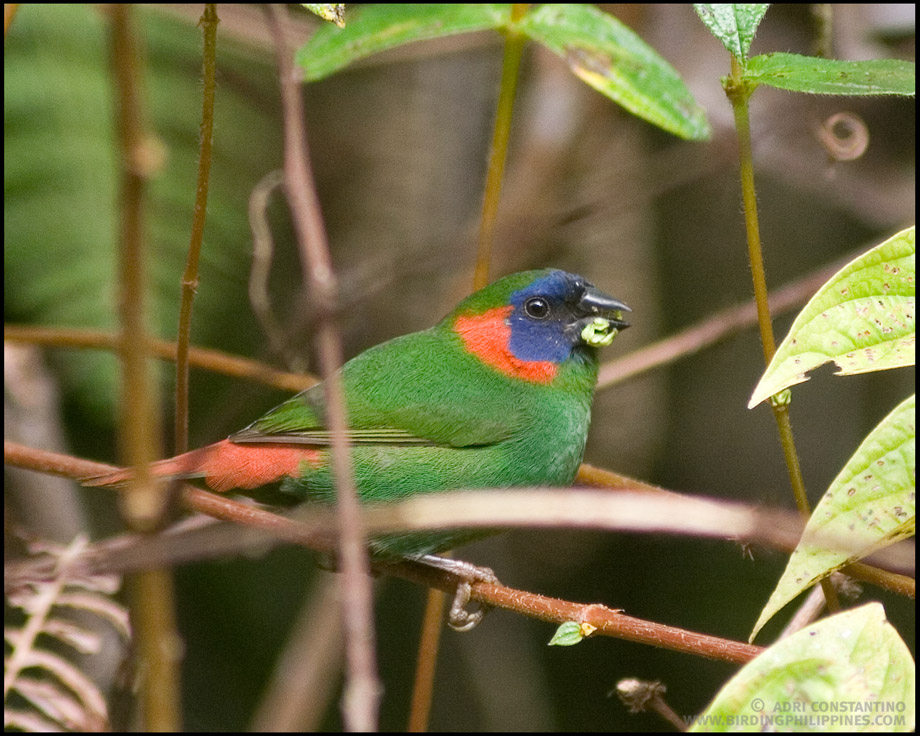A nice pair of bright red boots!
(on a Silvery Kingfisher)
Check out the bright "red boots" on this small, good-looking endemic: the Silvery Kingfisher.
This kingfisher was videoed one rainy day in the forests of PICOP, Surigao del Sur, lowland Mindanao. The Silvery Kingfisher is a 3-toed kingfisher that can be found only in the islands of Mindanao and its satellites, Bohol, Leyte and Samar. It perches on rocks and on low-lying branches along the banks of forest streams and small rivers hunting for small fish and crustaceans.
This rainy season, don't you think it will be nice to keep your feet dry with a nice pair of red boots?
Happy Birding!
Silvery Kingfisher, Alcedo argentata
January 2011, PICOP Forest, Surigao del Sur, Mindanao, Philippines

